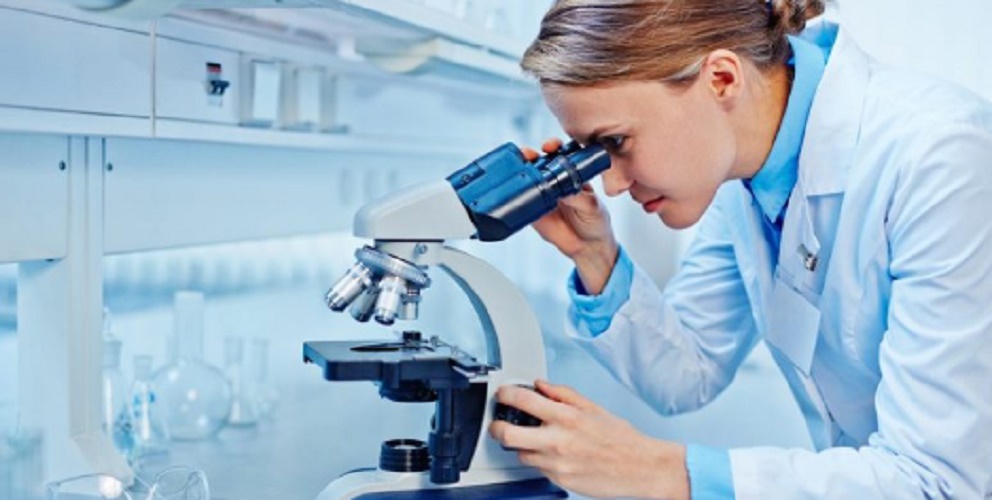What is scientific experimentation?
We explain what scientific experimentation is, what it is for and its characteristics. In addition, the types there are and some examples.
-
What is scientific experimentation?
It is understood by scientific experimentation the methods used by researchers (especially the so-called hard or factual sciences) to test their theories and assumptions regarding their objects of study , through the repetition of certain phenomena observed in nature , in the controlled environment of the laboratory.
In other words, so that a scientist can demonstrate that he understands how certain natural phenomena to which his study is dedicated occur, he must replicate these phenomena in his laboratory, controlling all the variables the case in order to demonstrate that it is not something of chance, unrepeatable, but of a universal law.
For a scientific experiment to be valid, however, it must comply with the steps of what is contemplated in the scientific method : a series of logical connections and steps to follow in order to study an phenomenon objectively and verifiably.
This method was invented in the seventeenth century during the Scientific Revolutions that the Modern Age (called Age of Reason) brought with it and was perfected during the nineteenth century to the present day.
Scientific experimentation uses technology and different areas of knowledge to achieve the highest degree of control and observation of the phenomena it replicates, so that a greater and deeper understanding of what occurs in nature can be achieved.
The result of these experiences can then be published and studied by other scientists , who could repeat the experience and, in principle, obtain similar results, since these are verifiable facts and not by chance.
-
What is the use of scientific experimentation?

Experimentation is the main way of checking the hypothetical knowledge of scientists, that is, it is the main method to discern valid theories of invalid ones.
In ancient times, for example, science was conducted through reasoning and formal logical thinking , so that natural phenomena were always given an interpretation that was consistent with the beliefs of the time.
The experimentation came to break with that model, or with the medieval that certainly took everything that the ancient writings prayed. The possibility of experimenting leads to the factual , empirical verification of what is thought of nature. And this is essential for the independent development of science and technology , as we understand them today.
-
Characteristics of scientific experimentation
Scientific experimentation must be, to be taken into account as true:
- Verifiable . Other scientists should be able to carry out the same experiment under the same conditions and get the same result.
- Methodical . No element of the experiment can be left to chance, but the most detailed description of the elements considered in the experience must be counted, that is, all possible variables must be taken into account.
- Objective . The opinion or feelings of the scientist, or his personal views, cannot be taken into account, but there must be an objective description of what happened, for better or worse.
- True . The results of the experiment can only be what they are, whether expected or not, and cannot be falsified in any way.
-
Types of scientific experimentation

There are two types of experimentation according to the purpose it pursues:
- Determinist . Those in which the confirmation of a hypothesis is pursued, that is, it is sought to demonstrate or refute a scientific principle formulated previously.
- Random . Those in which the result to be obtained is unknown, since the experiment is simply carried out to know what is happening, that is, to expand what is known regarding a specific topic.
And in the same way, the experiments can be classified according to the degree of certainty or control of the variables possessed by the scientists who carry it out, in:
- Pre-experiments . Those in which there is no control group, and which serve as the first approach to certain topics, that is, in exploratory and descriptive research. There is little control of the variables and you cannot be sure that the result obtained is due solely and exclusively to one of them.
- Pure experiments . Those in which you have two or more comparison groups and greater control over the influencing variables, therefore also a greater degree of certainty about the results. They are typical of explanatory investigations.
- Quasiexperimentos . Those in which there are two or more comparison groups, but their constitution is prior to the experiment, that is, they are not randomized, but are a priori ordered to demonstrate something, for pedagogical or correlational purposes.
-
Examples of scientific experimentation
- Vaccine check . Before starting to inoculate people, it must be verified that the vaccines work, and that they prevent the disease. For this, a series of experiences must be had first with infected animals and then with infected patients, and thus observe the degree of success of the medicine.
- Determination of geological age . To find out how long it has been since certain fossils were formed, an experiment is carried out measuring the traces of carbon 14 that remain in it. It is not known what the result will be, but from it the age of the fossil will be deduced.




